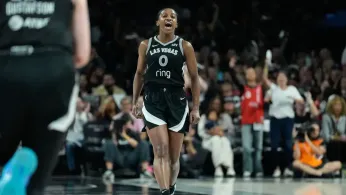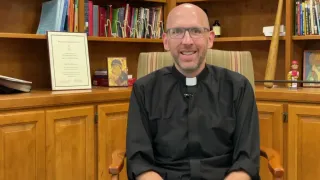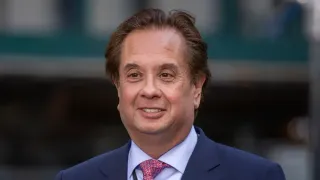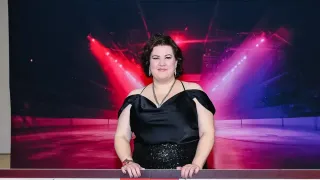
October 6, 2025
Young's Record 21-Point Quarter Propels Aces to 91-78 Win Over Mercury and 2-0 WNBA Finals Lead
Mark Anderson READ TIME: 3 MIN.
Jackie Young, exhausted from the grueling five-game semifinal series against Indiana, wasn't quite herself when the Aces began the WNBA Finals against Phoenix and even did something rare in the opener. She asked out of the game.
But after a day of rest, there was no stopping Young on Sunday.
She set a finals record with 21 points in the third quarter, finishing with 32 to carry Las Vegas to a 91-78 victory over the Mercury and 2-0 series lead.
Game 3 is Wednesday in Phoenix, where the Aces hope to put a stranglehold on the series as they chase their third title in four years. The Mercury have the tall task of needing to win four of five games to capture their fourth championship, which would tie the WNBA record.
Young, who tied a career playoff high in total points, fell just short of the league record of 22 points for any postseason quarter. Three players have accomplished that, most recently in 2021 when Young's teammate, Jewell Loyd, hit that number for Seattle against the Mercury.
“We had a couple of play calls for her, but it was really her being really aggressive and in attack mode,” Aces coach Becky Hammon said. “I'm always spurring her on to be in attack mode. ... When she hits the 3-ball and gets a couple to go down, it becomes difficult for her to be defended because she's fast, she's big, strong.”
Young's performance was quite an answer to the Aces' Game 1 victory on Friday, when she scored 10 points and made just 3 of 13 shots.
“My shots were very short,” Young said. “I was getting everything I wanted Game 1, but they were darts. I was trying to change it, but just didn't have it. Luckily, we have a lot of great players on this team."
Four-time league MVP A'ja Wilson scored 20 of her 28 points in the first half and had 14 rebounds. Had Wilson scored two more points, the Aces would've been the first team to have two 30-point scorers in a WNBA Finals game.
“Take the numbers away, I'm so proud of Jackie,” Wilson said. “When you see someone that works so hard every single day and then you get to see the hard work paying off, it's a beautiful thing to witness. I'm just so grateful to be her teammate and come to work with her every single day.”
Chelsea Gray finished with 10 points and 10 assists, her fifth playoff double-double in those categories, moving her into fourth in playoffs history. She also had eight rebounds, three blocked shots and three steals.
Kahleah Copper led the Mercury with 23 points, Satou Sabally scored 22 and Alyssa Thomas had 10 while coping with foul trouble much of the game.
Sabally injured her right ankle in the fourth quarter, but Mercury coach Nate Tibbetts said he didn't have an update on her status. Phoenix brought Sabally to the news conference room, usually a sign a player isn't seriously injured, and she said, “I'm fine.”
Like in Game 1 when they began with a 10-2 lead, the Mercury came out strong, scoring the first seven points. Phoenix wound up with 27 points in the first quarter, but then the Aces held the Mercury to a combined 24 points over the following two periods.
By that point, the Aces had taken charge, leading 76-51 going into the fourth and eventually going up by as much as 22 points.
Any team Hammon in a Game 2 in Las Vegas is asking for trouble. She ran her record to 9-0 with this victory, the average margin being more than 17 points.
Now it's on to Game 3.
“We're excited to go play in our home arena,” Tibbetts said. “Vegas did what they're supposed to do. I think we played a really good Game 1, and they came out and were ready today.”






